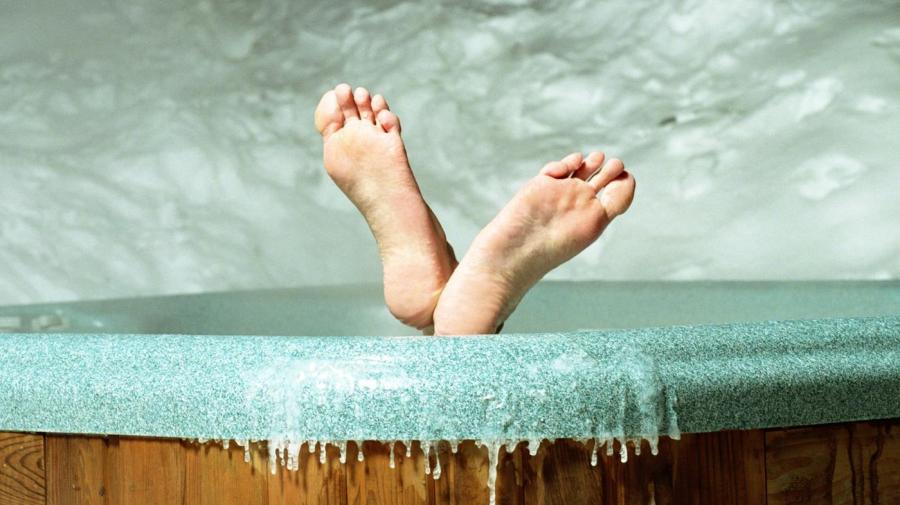What Happens When Hot Air Meets Cold Air?

When hot and cold air meet, the warm air rises above the cool air, creating a low pressure zone. Warm air tends to cool as it reaches higher elevations, with the liquid in it condensing and forming clouds and rain. Cool air rushes in to fill the low pressure zone, pushing more warm air up and creating a cycle that can result in high winds and storms.
The area where a warm and cold air mass meets is called a front. The severity of weather conditions at a front is determined by the direction of the cold and warm air movement. When warm air is on the move and it collides with a stationary cold air mass, the warm air rises gradually, forming drizzle and light rain. If cold air collides with a stationary warm air mass, the results are more severe. The cold air forces the warm air mass up quickly, creating large, sometimes violent thunderstorms with torrential rains. The air masses must reach equilibrium before the storm can dissipate, allowing clearer skies to prevail.
Warm and cold air masses are caused by uneven heating of the Earth by the sun. Colder air masses originate at the poles, with warmer air masses forming in the tropics.





